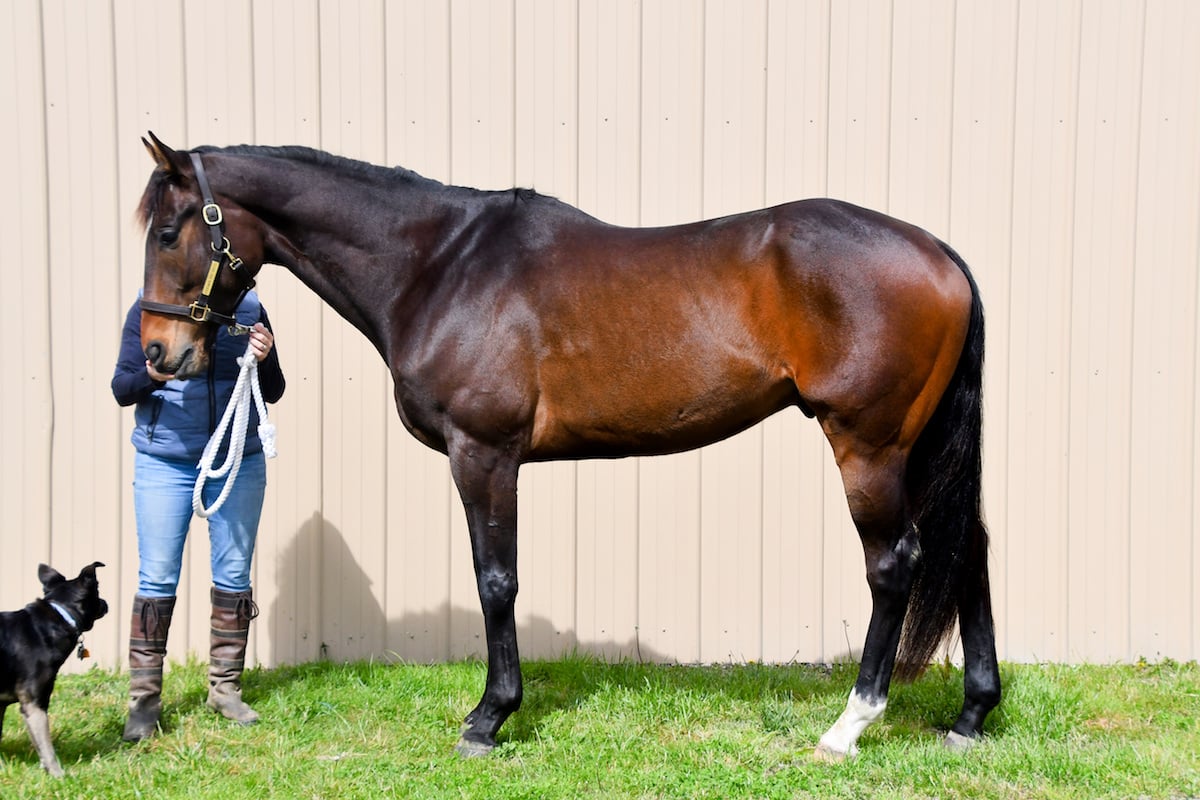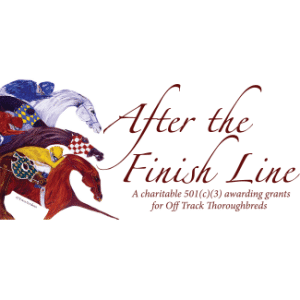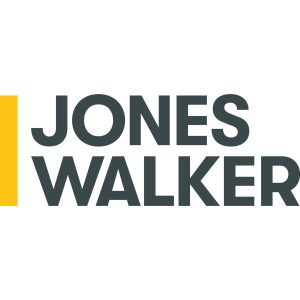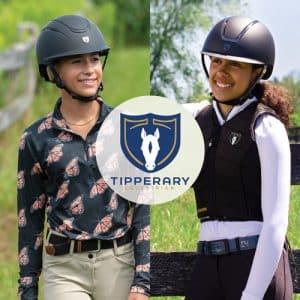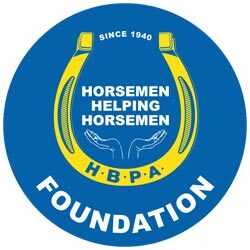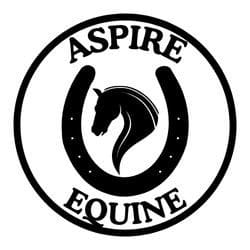Assessing an OTTB’s value as it transitions to a new career is far from an exact science
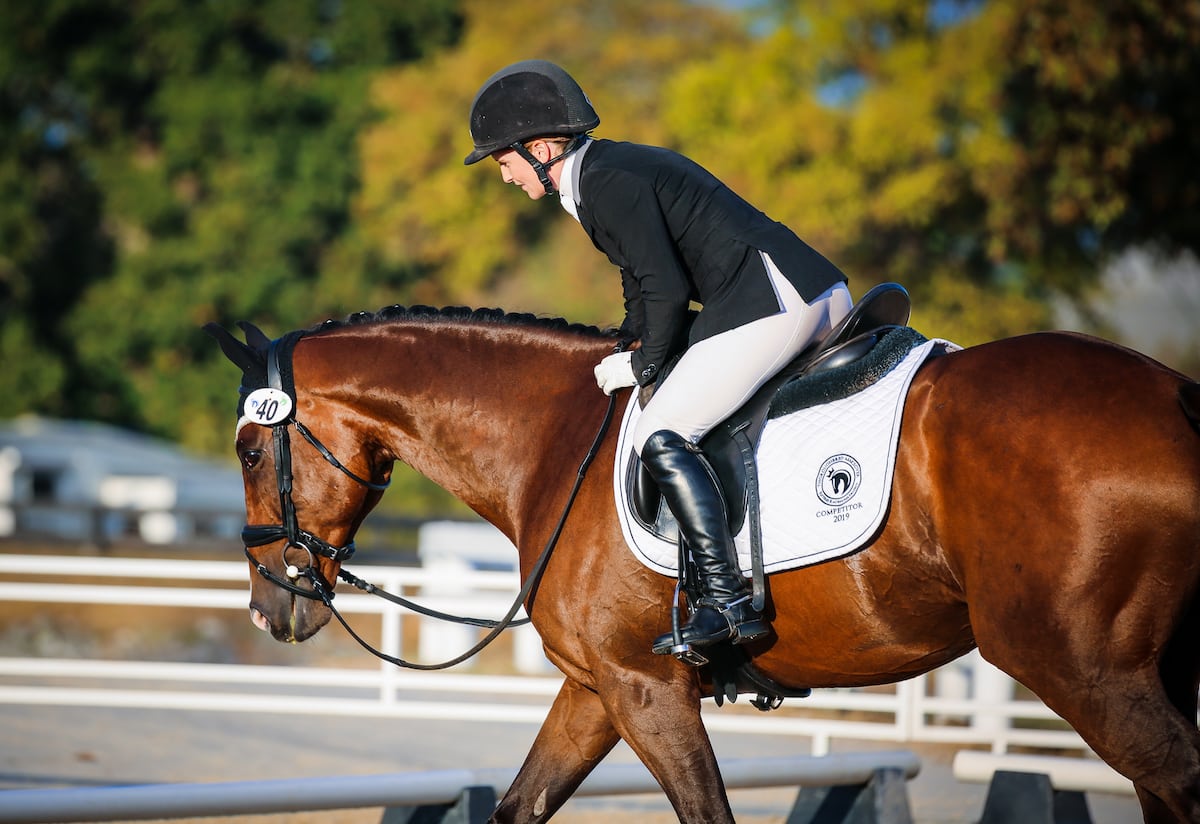
Makeover veteran Rosie Napravnik bases an OTTB’s value on soundness, demeanor and who she’s marketing the horse to. CanterClix
Take on the daunting task of pricing a newly retrained horse for sale at the Thoroughbred Makeover, and you might wish you had a formula.
But try to concoct any sort of algebraic equation, and the math will quickly let you know that there are too many variables to solve it.
Seasoned professionals can agree: It’s a highly individualized process. Most rely on personal experience when assessing and pricing a horse in its first year off the track but, even still, they will admit there are outliers — horses that arrive in their care with a story, a demeanor or a level of ability unlike the others with which they’ve worked previously.
“Lots of us do resale, and we all do it a little bit differently,” says Jessica Redman, who sold Reloaded, the Magna Graduate gelding that would go on to earn the America’s Most Wanted Thoroughbred title with Elisa Wallace at the 2018 Makeover, to current owner Michelle Chisholm. “Pricing a Makeover horse is really about the quality of the horses. The things you’re basing your pricing off of don’t change, but the market dictates things.”
It’s All About Physicality
Redman, 39, runs Benchmark Sport Horses out of Camden, Delaware, and has found a niche as an “intermediary between the track and the show community,” finding, evaluating and working with horses immediately upon the conclusion of their racing careers before marketing them for resale to those who can continue their development. Involved with the Makeover since its inaugural year in 2013, Redman says she bases her assessment on athleticism and physical prowess.
“I’m looking at what is true physical ability,” she says. “These are horses with really no retraining, essentially — just a ride or two. If they’re extremely fancy — extravagant movers that go down to a free jump and jump a 10 — normally those horses are going to be (upward of) $5,000. If they have any old or limiting injuries, they normally fall in the $2,500 price range. Horses that might not blow you away but are still nice horses and still sound are usually priced between $3,500 and $5,000.”
Redman, who works full time in the human resources management field, asserts that properly marketing a horse also has great value. She created Flickr and YouTube accounts organized by horse and offers more than 100 photos of each Thoroughbred, along with under-saddle and free-jumping videos.
“A lot of our sales are done sight-unseen,” she explains. “We want to give people as much information as possible. The more professional your photos and videos are, the more value you can put on the horses that you have.”
Don’t Just Price the Horse, Price the Home
Rosie Napravnik continues to give back to the horses that helped her become the first female jockey to win the Kentucky Oaks in 2012. Over the past three years she’s led a small retraining business, working largely with racehorses that come to her from her husband, trainer Joe Sharp.
Some, like her 2020 Makeover horse Supermason (Grasshopper — Folksy, Midway Road), a seven-time stakes winner, won’t be marketed for sale, as she’s retraining the gelding to be a dressage mount for owner Brad Grady’s wife, Misty. But for those that need new homes, Napravnik makes an evaluation based on soundness and demeanor, marketing to professionals, amateurs and even juniors.
“Having so much experience with horses on the racetrack gives me a unique perspective,” says Napravnik, 32, of Simpsonville, Kentucky. “There are a lot of different types of horses I can recognize in terms of personalities and how trainable they will be. I love to find upper-level prospects that can be marketed to professionals; I love when those types come into my program. The old souls, whether they are 3 or 10 years old, are great for lower-level amateurs, but they’re a little harder to find.”
Often knowing the horses before they come into her care, Napravnik cites “the ultimate privilege” in getting to ask connections at the track, including Sharp and his staff, about their personalities, demeanor, soundness and any potential issues. Having exercised most of her retraining prospects when they were on the racetrack has greatly helped her with both her evaluations and how she approaches each Thoroughbred’s very individualized training program.
She explains that when pricing OTTBs for resale, it’s important to keep both the horse’s value and the targeted buyer in mind.
“A horse that’s coming off the track with good conformation, movement, attitude and soundness has the potential to be an upper-level horse,” she says. “I think about what the value is for a buyer that’s looking for that type of horse and, then, also consider whether or not its demeanor would be suitable for an amateur. That horse would be in a higher price range. You can sell a horse with a lot of potential, with little to no training, for $3,500 to $10,000 if it fits that criteria. Obviously, the higher end of that spectrum would be for those horses which are exceptional. They must check all the boxes.
“(Other horses) are priced below the value of their potential, because you’re looking for a particular buyer that’s hard to come by,” she continues. “You may have a horse that is not suitable for an amateur yet is out of the appropriate age range or has a previous injury that will not hold up to the demands of (upper-level sport) and is, thus, not desirable for a professional.”
More training and greater suitability for amateur riders are two factors that demand the highest price tags.
“An amateur-friendly horse that sells after the Makeover could be a $25,000-plus horse,” Napravnik says. “The horse holds a lot of value after the horse has had six to 10 months of training and show miles, and it is also quite an investment for the seller to get them to that point. That’s how I map it out.”
Answer All the Questions
Ashley Lilley understands that training a horse straight off the track involves working with a largely unknown entity, so she’s set out to answer all the questions for her buyers.
“I like to expose (every horse) that I have to what anyone would reasonably do with a horse,” says Lilley, who runs her Phoenix Sport Horses operation out of Flushing, Maryland. “I like that when they leave here, there are no surprises. I like to know that I’ve run through the gamut as to what people would do with the horses to see what their reactions would be.”
In the summer, Lilley, 34, rides her OTTBs out in a big open field on her property and takes them hacking on the roads, gauging the horses’ confidence levels. As she assesses and prices them, she keeps in mind what each horse will need from its next pilot.
“If a horse is more nervous or needs a more confident rider, I’ll price those kinds of horses a little less,” she says. “If a horse is big and pretty, will jump the moon and is a fantastic mover, it doesn’t always necessarily bring you a big price tag. If you can send the horse on to an amateur, it warrants a bit more money in my eyes.”
Lilley says each checked box in the realm of show horse experience takes a horse’s value up a notch and, ultimately, nothing illustrates experience more than a show record. Top competition results translate to top sales results.
“Once you take a horse out to a show, they’re jumping courses, and they’ve been off the property multiple times, you start looking at the $15,000-$20,000 range,” she says of her eventing prospects. “A horse with a $20,000 to $30,000 price tag is probably a horse that has gone out to a recognized event and has done well, probably placing in the top five. That would be the goal.”
Tips for Taking Good Conformation Photos
Jessica Redman uses a simple, distraction-free background for sale horses’ conformation photos. Courtesy Jessica Redman
First impressions are key in any sale, and that’s why Jessica Redman of Benchmark Sport Horses, in Camden, Delaware, prioritizes marketing her OTTBs with high-quality conformation photos that she takes. She shares her tips for a winning conformation shot.
■ Be conscious of background. “You want a solid background that makes the horse pop,” Redman says. “For us, we have our trademark one — one building that we stand them up against. Also, take the photos on a sunny day with the sun behind you (not behind the horse).”
■ Present a well-turned-out model. “Make sure the horse is well-groomed, with feet polished, banged tail and pulled mane,” Redman says. “You have to highlight the horse and make the horse look as good as possible. For me, a clip job can add $2,000!”
■ Perfect the pose. “You want the horse to be stood up square,” she says. “We really like to get the horse to arch its neck, and we use treats or grass or something of the like to (encourage the horse to do that). It really makes them stand out.”
■ Show only the reality. “Don’t Photoshop!” Redman cautions.
■ Don’t use a smartphone. “A real camera makes a big difference,” she says. “A good photo instantly makes me stop (and check out a horse).”
This article was originally published in the Summer 2020 issue of Off-Track Thoroughbred Magazine, the only publication dedicated to the Thoroughbred ex-racehorse in second careers. Want four information-packed issues a year delivered to your door or your favorite digital device? Subscribe now!

